Language Symbols Page #3
This page lists all the various symbols in the Language Symbols category.
Symbols in this category:
Interlingue Symbol
The language Interlingue, known as Occidental until 1949, is a planned international auxiliary language created by Edgar de Wahl, a Balto-German naval officer and teacher from Tallinn, Estonia, and published in 1922.
Inverted question and exclamation marks
Inverted question (¿) and exclamation marks(¡) are punctuation marks used to begin interrogative and exclamatory sentences (or clauses), respectively, in written Spanish and sometimes also in languages which have cultural ties with Spanish, such as in older standards of Galician (now it is optional and not recommended) or Catalan.
Number Sign
Number sign is a name for the symbol #, which is used for a variety of purposes, including the designation of a number (for example, "#1" stands for "number one"). The symbol is defined in Unicode as U+0023 # number sign (HTML: # as in ASCII).
Numero
The numero sign or numero symbol, № (also represented as Nº, No, or No.) is a typographic abbreviation of the word number indicating ordinal numeration, especially in names and titles.
Parentheses
Parentheses (/pəˈrɛnθɨsiːz/) (singular, parenthesis (/pəˈrɛnθɨsɨs/)) (also called simply brackets, or round brackets, curved brackets, oval brackets, or, colloquially, parens) contain material that could be omitted without destroying or altering the meaning of a sentence.
Phoenician alphabet
The Phoenician alphabet, called by convention the Proto-Canaanite alphabet for inscriptions older than around 1200 BC, was a non-pictographic consonantal alphabet, or abjad. It was used for the writing of Phoenician, a Northern Semitic language, used by the civilization of Phoenicia. It is classified as an abjad because it records only consonantal sounds (matres lectionis were used for some vowels in certain late varieties).
Pilcrow
The pilcrow, also called the paragraph mark, paragraph sign, paraph, alinea (Latin: a lineā, "off the line"), or blind P, is a typographical character for individual paragraphs.
Question Mark
The question mark (?; also known as an interrogation point, interrogation mark, question point, query, or eroteme), is a punctuation mark that replaces the full stop (period) at the end of an interrogative sentence in English and many other languages.
Russian alphabet
The Russian alphabet (Russian: русский алфавит, transliteration: rússkij alfavít) is a form of the Cyrillic script, developed in the First Bulgarian Empire during the 10th century AD at the Preslav Literary School. The modern Russian alphabet consists of 33 letters.
Semicolon
The semicolon (;) is a punctuation mark with several uses. The Italian printer Aldus Manutius the Elder established the practice of using the semicolon to separate words of opposed meaning and to indicate interdependent statements.
Citation
Use the citation below to add this symbols category to your bibliography:
Style:MLAChicagoAPA
"Language Symbols." Symbols.com. STANDS4 LLC, 2023. Web. 17 Nov. 2023. <https://www.symbols.com/category/17/Language+Symbols>.

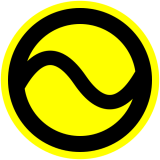
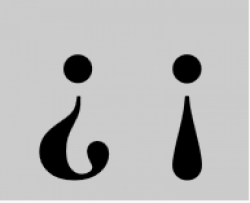

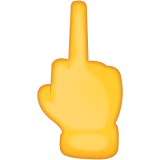

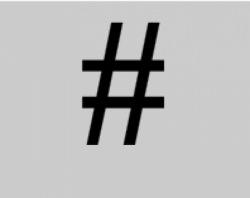
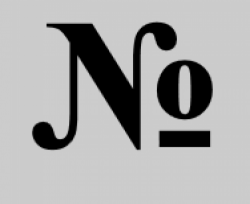
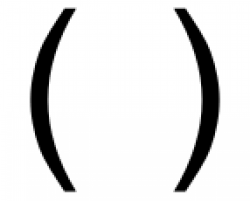

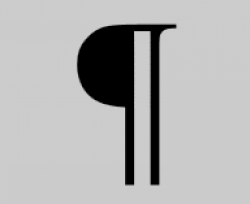
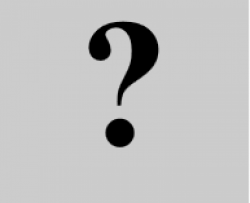
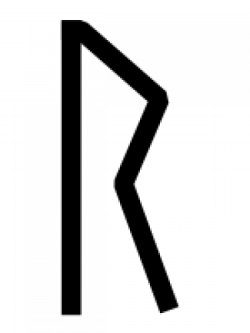
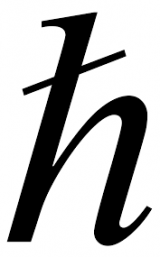

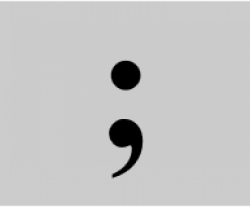
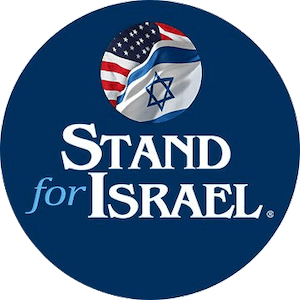
Have a discussion about the Language Symbols category with the community:
Report Comment
We're doing our best to make sure our content is useful, accurate and safe.
If by any chance you spot an inappropriate comment while navigating through our website please use this form to let us know, and we'll take care of it shortly.
Attachment
You need to be logged in to favorite.
Log In